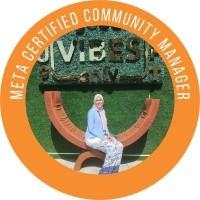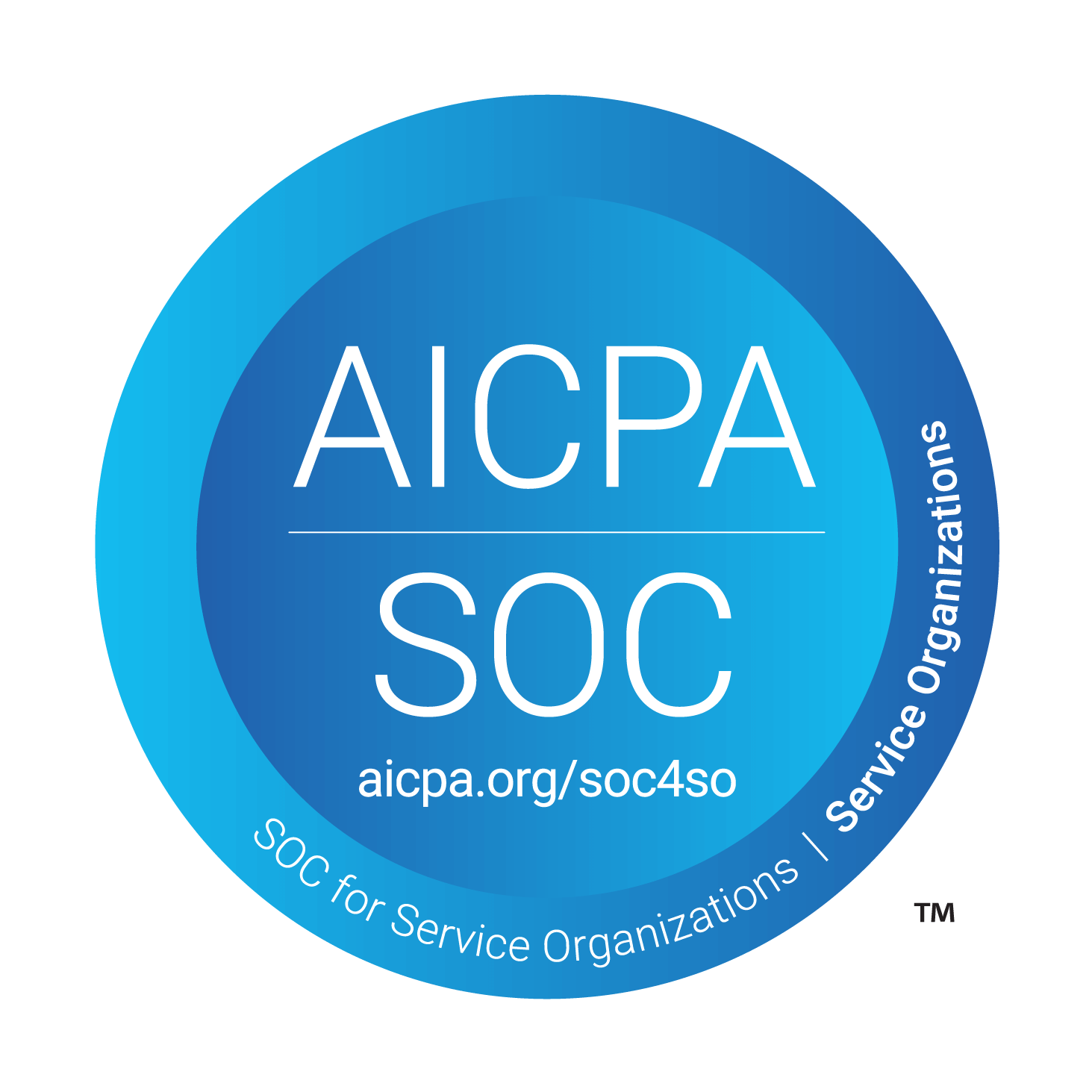Host Your Customer Community On Facebook Groups Or A Customer Community Platform?
Mar 23, 2023

Asmaa Moussa
Community specialist @ ClickFunnels
Which is best for your SaaS company?
SaaS companies that do not run some type of community are at risk of providing a poor customer experience, where users cannot efficiently find the answers to their questions. This is especially true nowadays when a noticeable spike in the digital space has occurred since the pandemic. According to the GWI report, 64% of online community visitors stated that they have started checking out community platforms since 2020 more often than they did before.
Most SaaS companies are aware of this trend and that is why around 75% of large companies leverage at least one community environment to connect with their audience, according to the previous study. These companies are aware of the increased customer retention, lowered support costs, and user acquisition benefits, that it brings them.
As a result of the increasing demand for online community solutions, multiple platforms have emerged and proven their ability to assist in enhancing customer retention, reducing support costs, and increasing user acquisition. However, the level at which you are benefiting from your community, solely depends on how engaged you can keep your members. The more engaged and pro-active your members are, the more increased customer retention and lowered support costs you will see.
And while the concept of community is as old as we can think of, digital customer communities for SaaS companies are a very new concept that many SaaS businesses and professionals are trying to figure out how to use for the best interest of their organizations and customers. Now is the best time for SaaS companies to take advantage of this new concept and build a customer community environment of their own while the amount of other standalone community environments, with which they will be competing for the engagement of their users, is still relatively low. The current landscape for SaaS customer communities is full of opportunities to gain a powerful competitive advantage against your competitors. It is well known that the communities that reach network effects and critical mass first are the ones that will cultivate the majority of the engagement of your audience.
Many businesses have opted in for the easy solution when building their customer community environment, which is building a Facebook group that can literally be set up in a few minutes. Others decided to invest in a standalone community platform, that is specifically tailored to the use-case of creating a community as a company.
So, which solution is best for the long-term strategy of your business? In this post, I’ll discuss what exactly the difference is between Facebook groups and standalone community platforms, so that you can find out what it means for your brand.
Facebook groups
There is no doubt that Facebook groups are attracting a lot of businesses. There are billions of people using Facebook daily so it might make sense to host your community on it. Let’s dive deeper into the exact pros and cons of choosing Facebook groups as your customer community hub.
Pros of Facebook groups:
It is free. Having zero costs associated with creating a Facebook group is a major reason why SaaS brands decide to build their communities on Facebook.
Your users will already be on Facebook. No matter what niche you are in, there is a massive probability that there is a high number of your users already hanging on the platform. By hosting your community on a platform where your users are already organically on, it will be easier for you to drive engagement from those users in your community. It means that the entry barrier of your community is lower, making it easier for your users to be active and engaged in your community.
Expanding functionality. Lately, Meta, Facebook's parent company, has focused on improving users' experience in groups by introducing more tools for group owners to manage their groups.
So, that’s why building a Facebook group usually comes to mind as the first solution for business owners who understand the engagement value of building a community on a platform where their users are already on.
Cons of Facebook groups:
Constant change of focus. Facebook just went through a significant redesign to respond to the growing engagement in short video-focused platforms like Tiktok. Meta recently announced that the default Home tab will now be a place where, according to the announcement, “you can easily access Reels and Stories and get personalized recommendations.”. This could probably end the social media experience as we know it and start a new era of passive binging on reels instead of engaging with family, friends, and of course group posts.
Borrowed media and thus no control over your community or data. We can argue that with Facebook groups or any social media platform, you do not really own a community and can be subject to shutdown at any time due to policy changes or algorithm updates. It takes years to grow a Facebook group from scratch and a tremendous effort to keep it engaging. The last thing you would want is to lose your time, effort, and money, especially when you have a community management team.
There is a lack of incentive for your users to use the community. Community engagement is not only promoted by the level of the entry barrier, but also by how you incentivize your users to use your community. As a customer community for a SaaS company, you need to be able to integrate or centralize most of your customer processes in your community environment. Facebook groups do not allow this. By being able to host your direct support, knowledge base, help center, academy, product feedback loops, customer onboarding, and other customer communication efforts, in your community environment, you will incentivize your users to consistently come back to your community environment, since this now will become the starting point for every interaction with the brand. Down the line, it is about engagement in your community, and the more incentives you can provide for your users to use and go to the community, the better.
Missing key community management and moderation functionality. Facebook groups are still missing key gamification, moderation, and management functionality. You have limited abilities to moderate the content that gets posted in your group, therefore making it very time-consuming. You do not have the right analytics and performance measurement capabilities, making it very hard for you to actually measure and communicate the effect of your community on key business goals, and therefore not being able to communicate the fruits of your labor. This lack of key community management functionality will make it harder for you to manage your community and therefore make it harder to drive engagement.
Finally, it is essential to know that Facebook will continue to change its direction in response to current trends and what its customers are interested in at the moment. As a business, do you really want to host your community on a platform that is not dedicated to customer communities, where you have zero control over the discovery of your brand messages, and that can influence your community’s reach and engagement at any moment? This is for you to decide!
Standalone community platforms
With the growing limitations and insecurities related to building and maintaining Facebook groups, more and more SaaS businesses are opting for creating their communities on a dedicated community platform where they have core community management functionality and have more influence on the engagement and reach of their community.
Pros of standalone community platforms:
Ownership. One major advantage of having a dedicated community platform is the complete ownership of your community. You are not affected by the constant change of focus of social media platforms and have a complete influence on what changes in your community.
Customization. You are able to customize and white-label the community environment, to make sure your community is in line with your brand's presence. This can directly result in higher member engagement since there is a better sense and presence of the brand in a white-labeled stand-alone community compared to platforms like Facebook.
Core community management and moderation functionality. These standalone community platforms are built for one purpose; manage your community as effectively as possible. Core community management and moderation functionality such as gamification, analytics, product feedback, and the ability to moderate all the content that gets posted, allows you to keep your community more valuable over the long run and therefore better nurture the engagement of your community members.
Cons of standalone community platforms:
There is a high barrier to entry and activity retention. It takes a lot of steps for your users to be able to interact with the community since it is on a platform where they are not usually located. This is a big factor in the difficulty to drive engagement in a community on a stand-alone environment. On top of that, you are now battling with a growing amount of communities that are trying to cultivate the engagement of your users to their isolated and high barrier stand-alone environment as well. Your members are going to have to maneuver between more and more different and isolated environments, creating friction and less engagement for these communities overall.
There is a lack of incentive for your users to use the community. As with Facebook groups, existing stand-alone white-label solutions do not allow you to integrate most of your customer processes. As stated before, community engagement is not only promoted by the level of the entry barrier, but also by how you incentivize your users to use your community. As a customer community of a SaaS company, you need to be able to integrate or centralize most of your customer processes in your community environment. So far, the existing standalone community platforms also are limited in this, since they only allow you to integrate your knowledge base. By being able to host your direct support, knowledge base, help center, academy, product feedback loops, customer onboarding, and other customer communication efforts, in your community environment, you will incentivize your users to consistently come back to your community environment, since this now will become the starting point for every interaction with the brand. Down the line, it is about engagement in your community, and the more incentives you can provide for your users to use and go to the community, the better.
Can be very expensive. Most of the existing standalone community platforms out there are very expensive. The majority is enterprise-focused and with that comes enterprise pricing, starting at $30k per year on average.
Who wins? You decide
Both Facebook groups and standalone community platforms allow you to start building a community around your brand (which relatively speaking, not a lot of businesses are doing yet). However, It’s clear that their outcomes are different.
One thing that we can observe from this trade-off, is that there is a huge gap to be filled. We are in need of a solution that would bring together the best of both worlds. One that would combine Facebook groups' easy access and adoption features with the engagement benefits of dedicated customer community functionality (moderation, gamification, performance measuring, etc.), and the ability to consistently incentivize your users by integrating your customer processes. In the end, it all comes down to the engagement level of your members. The more engaged your members are, the more it will benefit you and your company through customer retention, lowered support costs, and user acquisition.
If you want to talk to me about building your community, I'm happy to help — just click my website link below. I help businesses build successful relationships with their customers and create an environment of collaboration to help their businesses flourish.
Linkedin | Click here to download Asmaa’s free Community Launch Checklist





